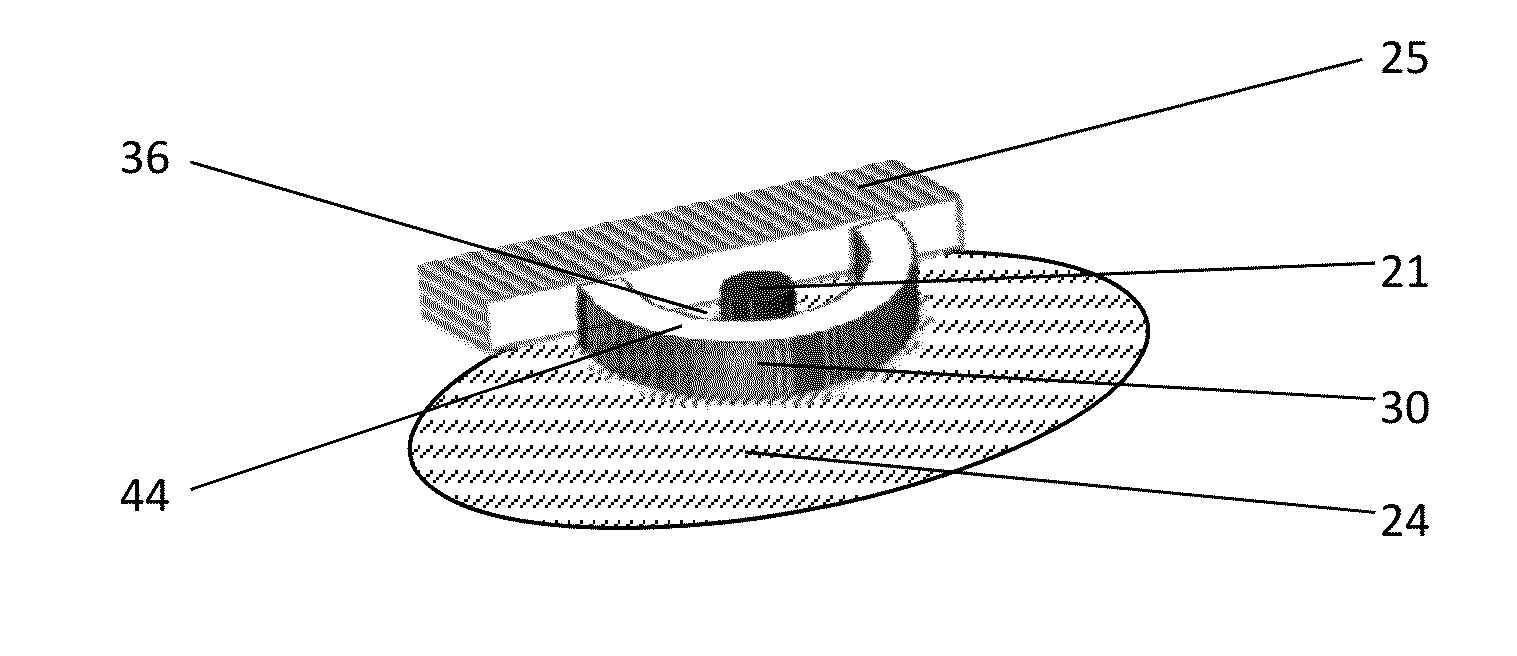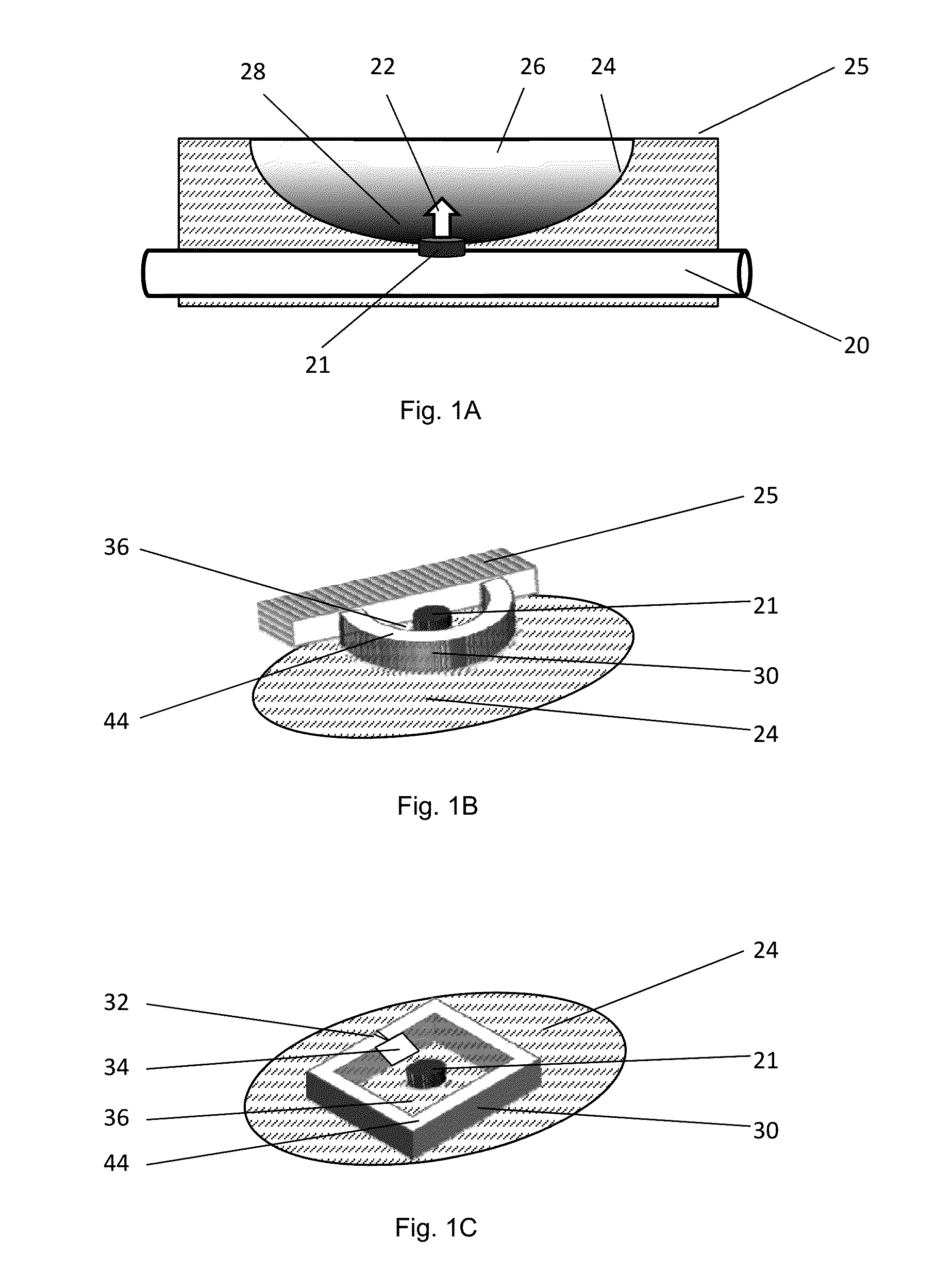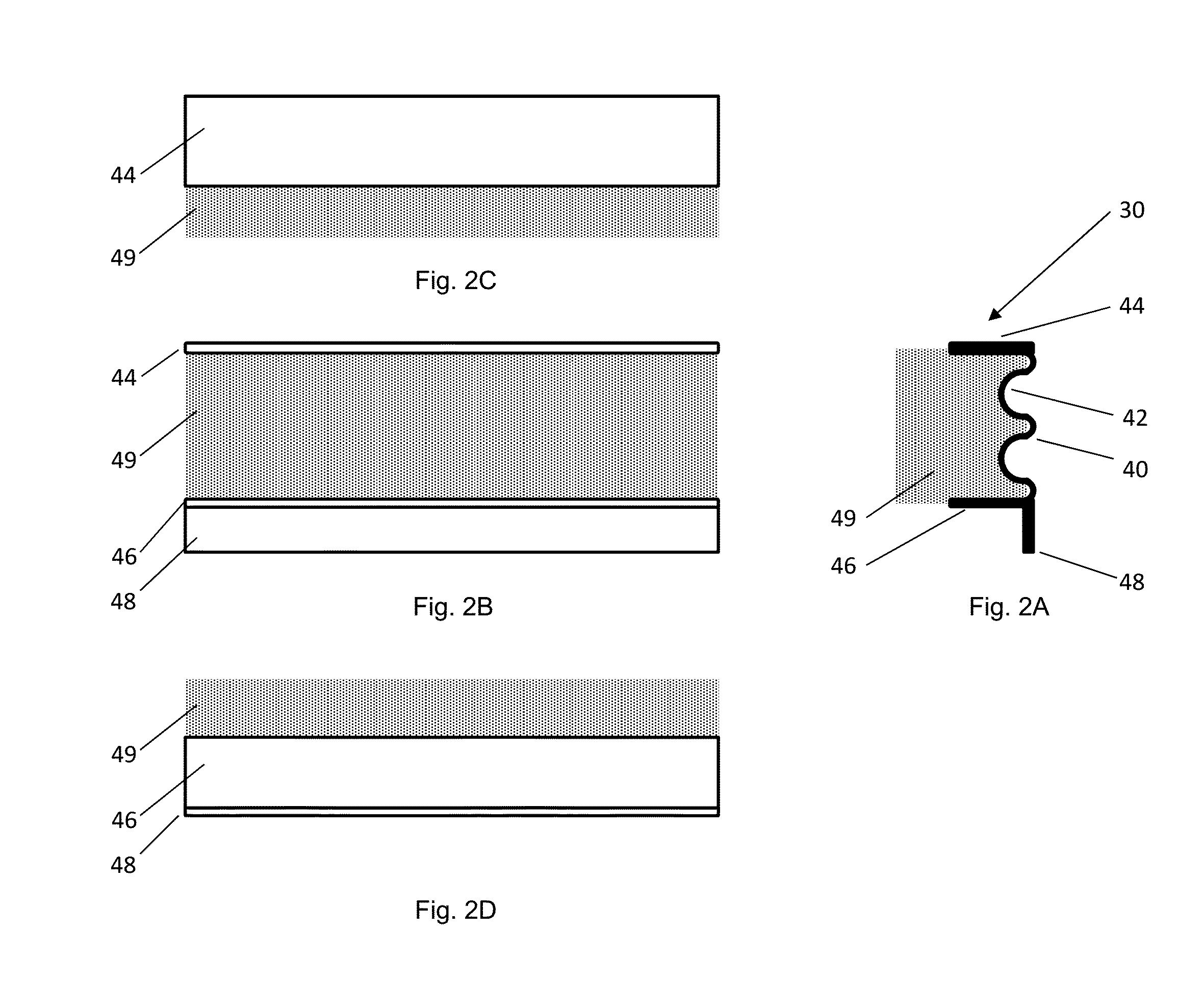Containment devices for treatment of intestinal fistulas and complex wounds
a technology for containment devices and intestinal fistulas, which is applied in the field of containment devices for treating intestinal fistulas and complex wounds, can solve the problems of enteric or intestinal fistulas, complex abdominal wound care, and many challenges for healthcare professionals and patients, and achieves the effects of extending the life of dressings, facilitating wound healing, and ensuring wound healing
- Summary
- Abstract
- Description
- Claims
- Application Information
AI Technical Summary
Benefits of technology
Problems solved by technology
Method used
Image
Examples
Embodiment Construction
[0047]Embodiments of the present disclosure provide various embodiments of intestinal fistula and ostomy healing devices, configured for application around a fistula, ostomy, or other wound to physically separate the fistula or ostomy from the remainder of the wound bed area, such that any effluent from the intestine or bowel, or other enteric substances, that pass through the fistula or ostomy are prevented from communicating with the wound bed area.
[0048]All of the devices have a flexible fluid containment lineal strip, fluid containment walls which collapse when pressure is applied to the wound dressing, means for forming the lineal strip into any open or closed shape to fit wounds of various shape and size, means for joining the lineal strip to create shaped containment areas, means for creating a seal at the wound bed interface whereby effluent is contained, and means for interfacing with a pouch appliance to capture effluent and bowel contents until bowel contents can be empti...
PUM
 Login to View More
Login to View More Abstract
Description
Claims
Application Information
 Login to View More
Login to View More - R&D
- Intellectual Property
- Life Sciences
- Materials
- Tech Scout
- Unparalleled Data Quality
- Higher Quality Content
- 60% Fewer Hallucinations
Browse by: Latest US Patents, China's latest patents, Technical Efficacy Thesaurus, Application Domain, Technology Topic, Popular Technical Reports.
© 2025 PatSnap. All rights reserved.Legal|Privacy policy|Modern Slavery Act Transparency Statement|Sitemap|About US| Contact US: help@patsnap.com



